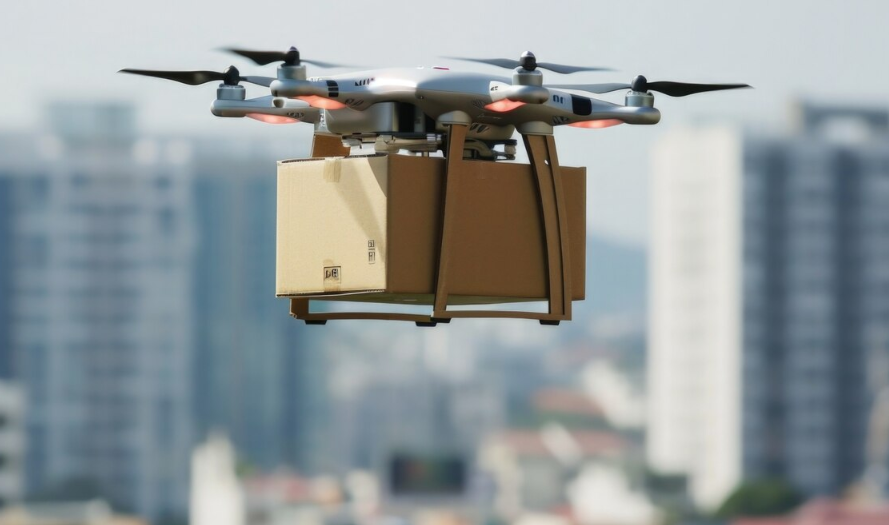Introduction
As urban populations continue to grow, cities around the world are increasingly turning to technology to address the challenges of urbanization. Smart cities leverage advanced technologies—such as the Internet of Things (IoT), artificial intelligence (AI), and big data—to enhance the quality of life for residents, improve sustainability, and optimize resource management. However, while the promise of smart cities is immense, the journey to create them is not without its challenges.
What Makes a City “Smart”?
A smart city is an urban area that uses digital technology and data-driven strategies to improve the efficiency of public services, enhance sustainability, and foster better living conditions. This transformation involves integrating technology into infrastructure, healthcare, transportation, energy systems, and governance. Key features of smart cities include:
- IoT-Enabled Infrastructure: Sensors and connected devices monitor everything from traffic flow to energy consumption in real-time.
- Data-Driven Decision Making: City planners and officials use data analytics to optimize urban services such as waste management, traffic control, and resource distribution.
- Sustainable Practices: Renewable energy, waste recycling, and energy-efficient systems are core components of smart city development.
- Citizen Engagement: Smart cities empower residents through digital platforms that allow them to provide feedback, access services, and participate in decision-making processes.
The Opportunities of Smart Cities
1. Improved Resource Efficiency
One of the most significant benefits of smart cities is the ability to manage resources more efficiently. IoT sensors in buildings and roads can monitor energy usage and adjust systems in real-time to conserve resources. For example, smart grids help balance energy supply and demand, allowing cities to integrate renewable energy sources more effectively.
2. Enhanced Quality of Life
Smart cities have the potential to greatly improve urban living conditions. AI-powered traffic management systems can reduce congestion, making commutes faster and less stressful. Smart healthcare systems allow for telemedicine, health monitoring, and data sharing, ensuring better access to care and proactive health management.
3. Sustainability and Environmental Impact
Smart cities are designed with sustainability in mind. Energy-efficient infrastructure, sustainable public transportation, and optimized waste management systems contribute to reducing a city’s carbon footprint. Green spaces, coupled with technologies like vertical gardens and smart irrigation systems, help cities maintain a balance with nature.
4. Economic Growth and Innovation
The rise of smart cities fosters an environment for innovation, attracting investment and creating job opportunities in the tech sector. With advanced infrastructure, cities can support startups and entrepreneurs, enabling them to scale rapidly and drive economic growth.
The Challenges of Smart Cities
1. Privacy and Security Concerns
With the vast amounts of data generated by IoT devices and sensors, the risk of data breaches and cyberattacks increases. Citizens and governments must ensure that data privacy and security are safeguarded. There is a delicate balance between leveraging data for efficiency and protecting personal information.
2. High Costs and Infrastructure Investment
Building a smart city requires substantial investment in technology and infrastructure. For many cities, the cost of implementing these systems can be prohibitive, especially when considering the need for constant upgrades and maintenance. Public-private partnerships may be necessary to fund these ambitious projects.
3. Digital Divide
As cities become smarter, there is a risk of creating a digital divide between those with access to technology and those without. It’s important that smart city initiatives ensure inclusivity, providing equal access to digital resources for all residents, regardless of socio-economic status.
4. Regulatory and Governance Issues
The complexity of integrating numerous technologies into city systems can result in regulatory challenges. Governments must establish clear policies, frameworks, and regulations to manage the data flow, ensure accountability, and oversee the deployment of smart technologies. Coordinating efforts across multiple sectors can be difficult.
The Future of Smart Cities
Looking forward, the development of smart cities will continue to evolve with advancements in AI, 5G networks, and autonomous vehicles. In the future, we can expect to see:
- Autonomous Transport: Self-driving cars, buses, and drones will revolutionize transportation systems, reducing traffic congestion and improving mobility.
- AI-Enhanced Urban Planning: AI will help cities plan for future growth, predict infrastructure needs, and optimize resource allocation.
- Digital Twins: Virtual replicas of cities (digital twins) will be used for simulations, helping city planners to test changes and improve decision-making.
- Sustainable Urban Living: Smart cities will increasingly focus on environmental sustainability, using technology to enhance energy efficiency and reduce waste.
Conclusion
Smart cities represent the future of urban living—where technology, sustainability, and innovation work in tandem to create better, more efficient urban environments. While the challenges are significant, the opportunities for improving quality of life, enhancing sustainability, and fostering economic growth are immense. As cities embrace digital transformation, the rise of smart cities will reshape how we live, work, and interact with the urban spaces around us.
Would you like a comparison chart of “traditional cities vs. smart cities” to visually highlight the key differences? 🌆🚀


